
Even though most of my nears and dears don’t work weekends, as a self-employed creative, I usually do—at least a little. Today is a "Studio Saturday" for me, my day to doodle and noodle about things I’m too busy to worry about Monday through Friday. It’s also my day to play and research new and better ways to create and/or curate.
This morning, I woke up thinking about “working hard” and “working smart.”
As the son of a factory manager and a banker, I grew up seeing "working hard" and "working smart" as two very different things. Mostly. While I never doubted my dad—the factory manager—also worked smart, or that my mom—the banker—didn’t also work hard, like most of society, I put blue-collar work in the “hard” bucket and white-collar work in the “smart” category.
Now that I’m well past their ages then and have worked all kinds of jobs—blue-collar, white-collar, and everything in between—I see things differently…if not clearly.
YOU CAN WORK HARD. YOU CAN WORK SMART.
YOU CAN WORK HARD(ER). YOU CAN WORK SMART(ER).
OR…YOU CAN WORK BOTH HARD(ER) AND SMART(ER).
At least that’s my work-in-progress story and theory. And I’m sticking to it.
As a kid, back-breaking work and head-scratching work were in different lanes.
Who knew back-breaking work, for hours on end, could break your brain?
Anyone who ever did manual labor. Since the beginning of time.Who knew head-scratching work, for hours on end, could break your back?
Anyone who ever worked in an office. Since the beginning of time.
I got my first official job the week I turned sixteen.
Hired as an usher at the neighborhood movie theater, I was promoted to projectionist on my third day after the manager walked in on another projectionist having sex with his daughter.
Looking back, I wonder how much of my quick promotion had to do with 1) being in the right place at the right time, 2) my ability to learn things quickly, and 3) the fact that we both knew I would never, ever fuck his daughter.
Whatever the reason(s), I went from "menial" laborer to "meaningful" laborer after a brief training period and ended up working there until I moved away to start college.
FROM PROJECTIONIST TO CREATOR
That first job in the film booth kicked off a weird and wacky series of gigs, internships, and jobs. Most related to entertainment distribution, marketing, and/or production.
While I worked as a projectionist by night, by day I was a high school student learning to edit video. But video editing in the 1980s was an entirely different beast. The early U-Matic cuts-only systems were brutal—preview mode was all you had. If a cut didn’t work out, you had to redo it and/or start over.
There were no shortcuts. The hard, tedious work often made me want to scream.
I loved video editing, but I didn’t love losing my hair over it.
After high school, I made very, very few videos. And then, in early 2023, I realized just how far digital editing tools had evolved. I started experimenting with various video apps on my iPad and quickly fell back in love with the process.
Jump ahead to today: I use CapCut to create all my videos. This freemium app—available for desktop, mobile, and tablet—is more than I could have dreamed of back in high school.
Editing is so much easier now! You don’t need expensive gear or supplies anymore. You just need a device, some creativity, some footage or stills, and time.
Sure, editing is still time-consuming, but it’s nowhere near as painful as it once was. There are “smart(er)” ways to work “hard(er)” now. CapCut, for example, allows me to quickly preview different cuts, transitions, and effects without wasting time or risking the entire project. It’s intuitive and simple enough that anyone can pick it up and start creating high-quality content.
That the app was created by the makers of TikTok isn’t surprising. While I’m not interested in the platform (or making short-form content), CapCut is one of the best and easiest tools I’ve found for making the kind of videos I love to create. And when I can’t figure something out, it’s easy to find a tutorial from another creator showing me how they did it.
For me, the difference between “working hard” and “working smart” when it comes to video editing lies in learning the tools. Not just using them, but knowing how to push them to their limits while keeping your workflow efficient.
Back in the day, editing required sheer grit and physical stamina.
Now, it requires foresight, creativity, and strategic use of technology.
In both eras, the best results come from combining hard work with smart work.
This reflection on "working hard" and "working smart" has me thinking a lot about balance—how to use both approaches to achieve the best results, especially as a creator in the modern world.
The reality is, we can’t always rely on just one method. Some days, it's all about putting in the hours and grinding through the work, regardless of how clever or strategic it is. Other days, it’s about stepping back, being resourceful, and finding ways to streamline the process so we can create without losing our minds (or our backs).
In the past, my focus was on sheer hard work, whether it was pushing through a long shift at the theater or trying to perfect a video cut late into the night. Now, I understand the importance of pacing myself and choosing the right tools to help me along the way.
Ultimately, the best creative work—at least in my experience—requires both. Hard work gets the job done, but smart work lets you refine and elevate it to the next level. The key is figuring out when to tap into each, without burning yourself out.
For those of us in creative fields, this balance is even more crucial. There’s always the temptation to work harder and longer because the job doesn’t stop when the clock hits 5PM. But if we can learn to work smarter along the way—using the right tools, setting boundaries, and knowing when to step back—we can not only survive but thrive.
Like my parents, I’ve had to navigate “working hard” and “working smart”—though, admittedly, I’m grateful for the modern-day apps and tools that make my back and brain work (and hurt) a lot less.
And as for today? This “Studio Saturday” is a reminder that play is just as important as work. Sometimes, the smartest thing I can do is take a break, let my mind wander, and trust that when I return, I’ll have the energy and clarity to work harder—and smarter—than ever before.
Thanks for reading!
Clint
THIS DAY = OCTOBER 12
BIRTHDAYS
1921 = Art Clokey = American animator and Gumby creator
1935 = Luciano Pavarotti = Italian tenor and actor
1937 = Robert Mangold = American minimalist artist
1955 = Jane Siberry = Canadian singer-songwriter
1968 = Adam Rich = American actor
1968 = Hugh Jackman = Australian actor and singer
1988 = Calum Scott = British singer
1992 = Josh Hutcherson = American actor
EVENTS
1492 = Christopher Columbus's first expedition makes landfall in the Caribbean, specifically on San Salvador Island. He believes he has reached East Asia.
1900 = First modern submarine is commissioned by the US Navy as the USS Holland, named for its designer John Philip Holland.
1971 = New York City’s Department of Consumer Affairs recommends repealing law that prohibits homosexuals from being employed in or frequenting the city’s bars, cabarets and dance halls.
1998 = Matthew Shepard, a gay student at University of Wyoming, dies five days after he was beaten outside of Laramie.
2010 = The Finnish Yle TV2 channel's Ajankohtainen kakkonen current affairs program airs controversial Homoilta episode (literally "gay night"), which leads to the resignation of almost 50,000 Finns from the Evangelical Lutheran Church.
PHOTO + QUOTE OF THE DAY
“I HAVE A WIFE AND A SON, BUT THE GAY RUMORS HAVE STARTED.
I GUESS IT'S A SIGN THAT I'M MOVING UP THE LADDER.”
HUGH JACKMAN
NEW + FEATURED
MORE FROM COLLIDE PRESS
Ko-Fi + Linktree + Shop + Storefront + YouTube





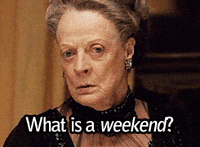
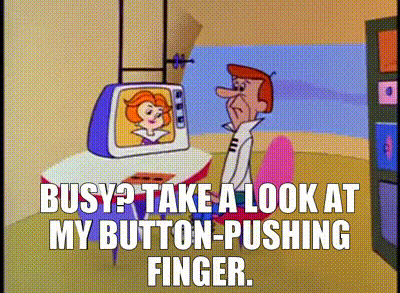
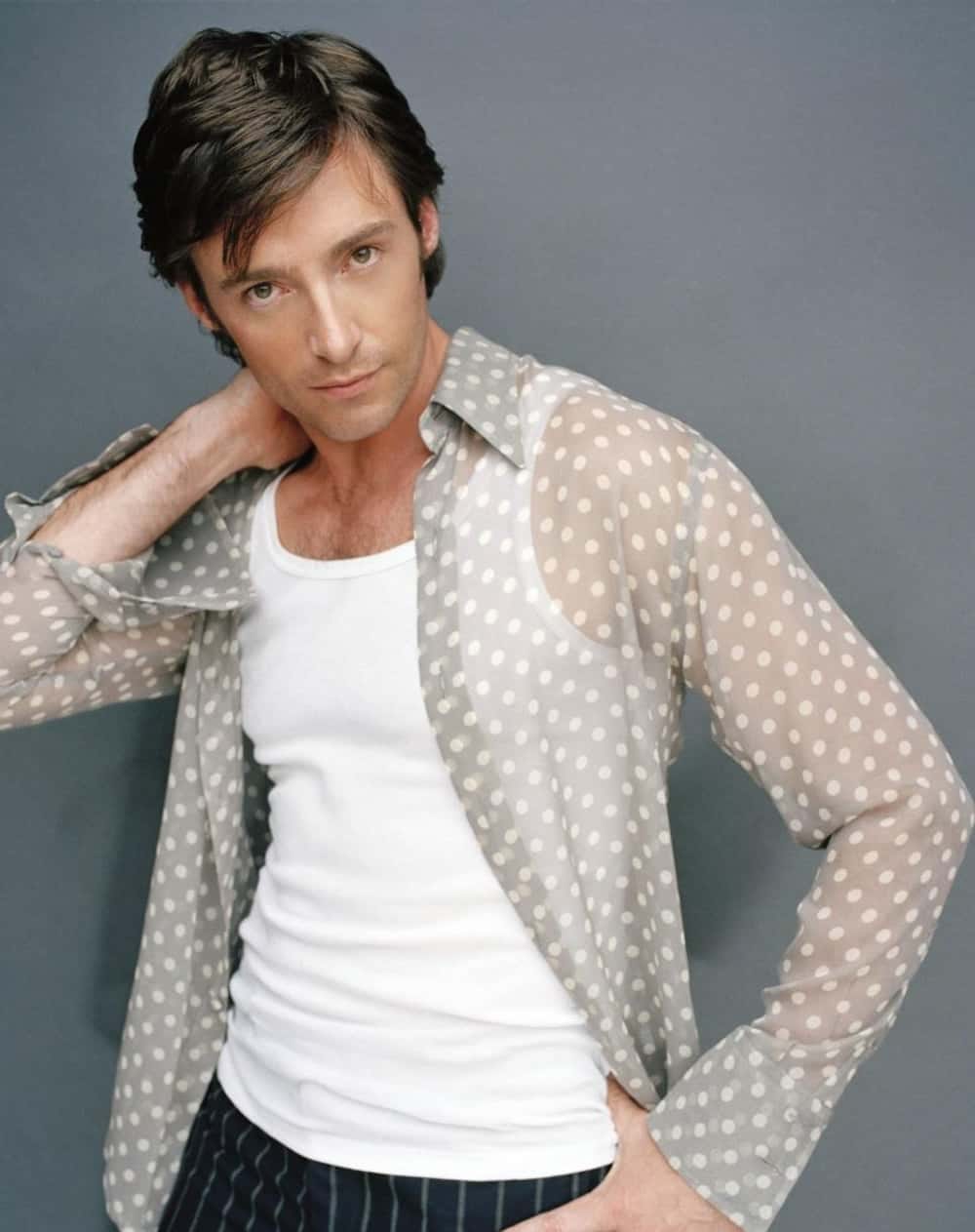
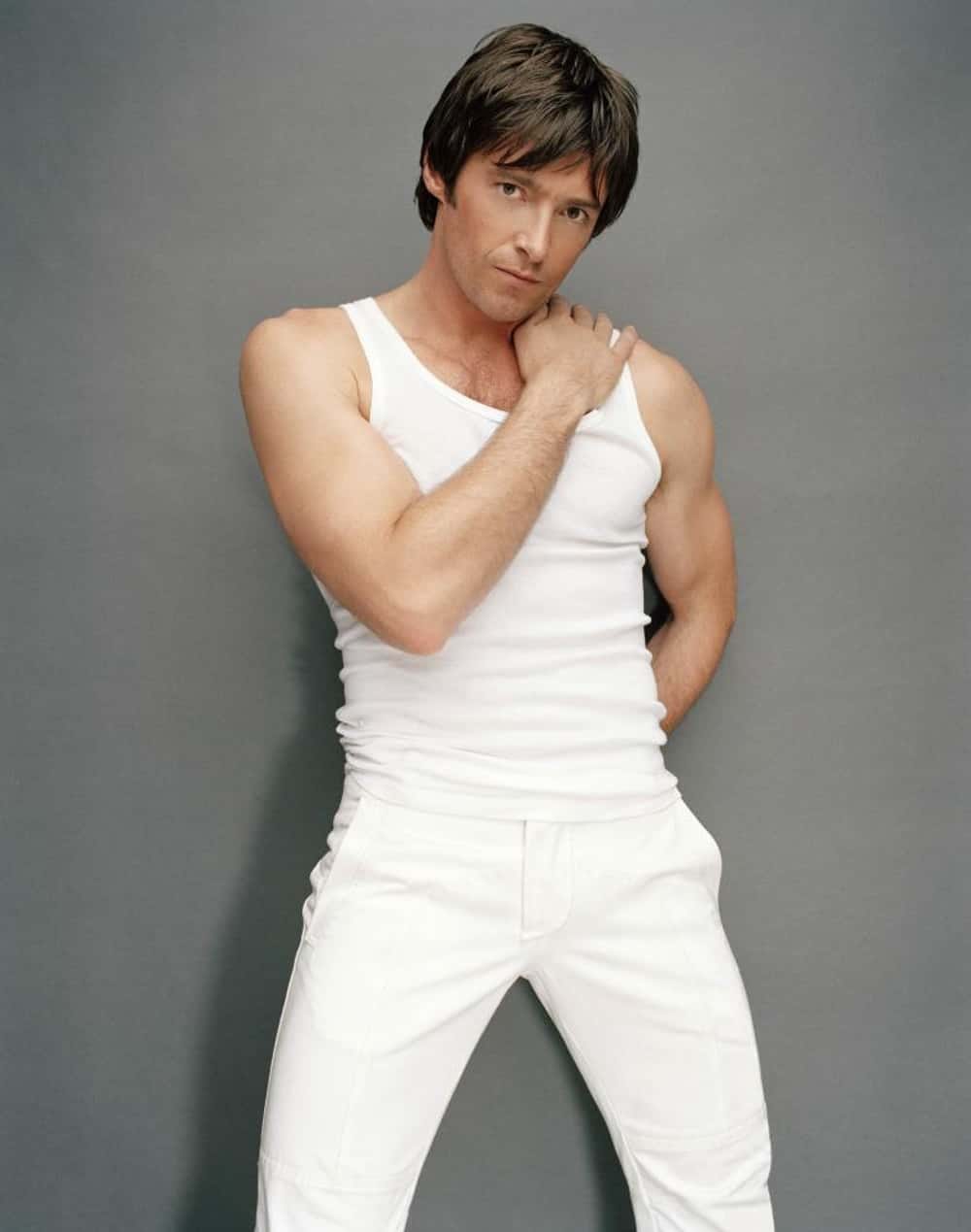









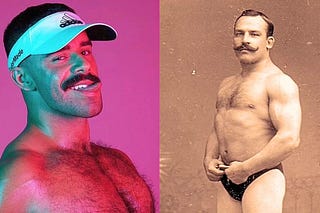



Clint: You are a masterful creator and a creative extraordinaire. You work hard and smart and enjoy the process. The product of your labor is infused with love for your craft. I don't imagine people like you ever retire from doing what they love.